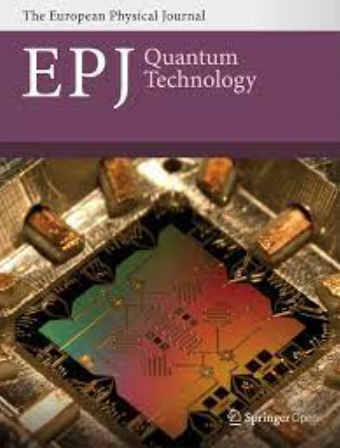Investigating high school and pre-high school teachers’ perceptions and experiences introducing quantum concepts: a survey of QuanTime and other quantum-related activities
Abstract
This study investigates the experiences of pre-high and high school teachers in implementing QuanTime and other quantum-related activities aiming to promote quantum literacy and introduce foundational quantum concepts to K-12 students. The ultimate goal is to help prepare a diverse future workforce in quantum information science and technology (QIST). Teachers were divided into two groups: pre-high school (grades 4-8) and high school (grades 9-12). We used a survey featuring 12 Likert-scale questions and 14 open-ended responses to assess teachers’ perceptions, engagement, and feedback about engaging in QuanTime and other quantum-related activities. Approximately two-thirds of the teachers responding to the survey implemented QuanTime activities in their classes. High school teachers who responded to the survey were most likely to use activities like Wave-Particle Duality and Electron Transitions while pre-high school teachers showed a strong interest in Art & Polarization. Open-ended feedback highlighted the ease of integrating these activities into existing curricula and the minimal preparation required, making them accessible for educators. The positive reception across both groups indicates that QuanTime and other quantum-related activities are valuable tools for early-age quantum education. By engaging students with quantum concepts from a young age, these activities have the potential to spark interest, which may contribute to their future engagement over time. It can inspire a diverse group of students and has the potential to get them interested in future opportunities in the growing field of QIST.

 求助内容:
求助内容: 应助结果提醒方式:
应助结果提醒方式:


